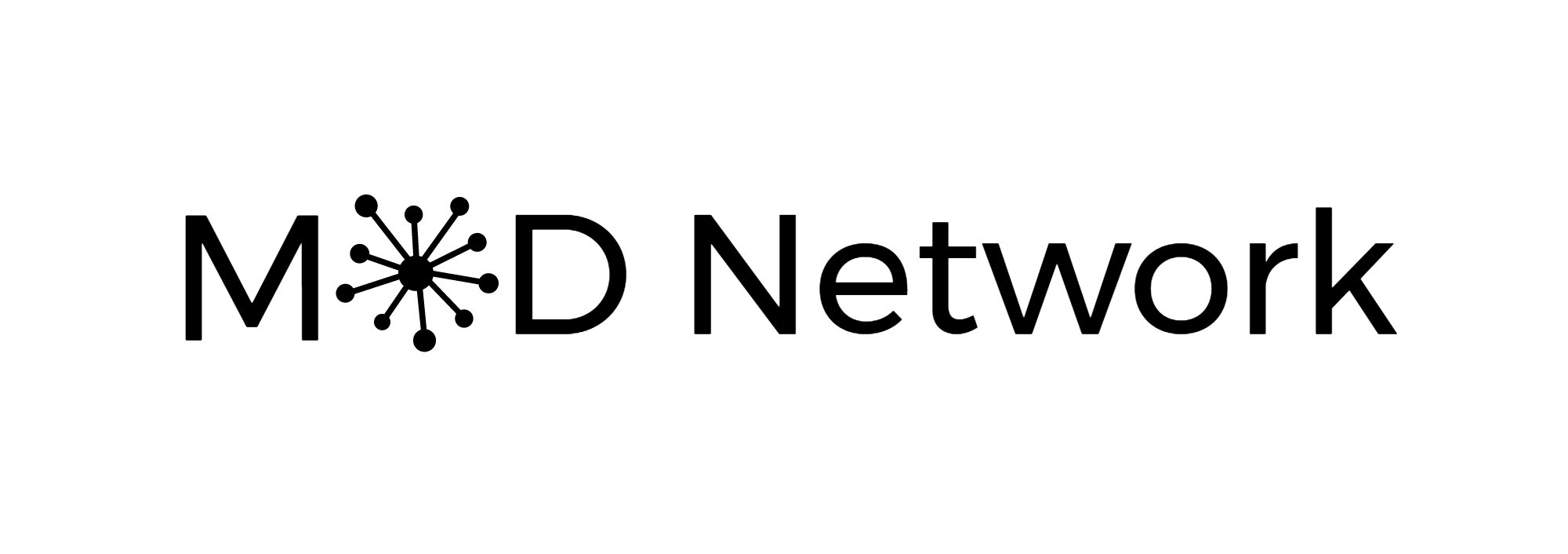Can I Offer You Some Feedback? - Episode #04
Show Notes:
Welcome to Business Bites! This week I will be discussing the concept Active Listening. In organizations, it's important to have strong and vibrant communication skills and the ability to hear your coworkers. Active listening is a technique for you to be able to connect more deeply with those that you work with. Subscribe today so you never miss an episode!
Below we are offering a transcript of the podcast for accessibility and reference.
Episode #04: Business Bites: Active Listening
Welcome to Business Bites, and my name is Sara. This is the podcast for busy professionals who want the quick hits of business terminology, historical context, and strategies for integration. Today we'll be talking about active listening, sometimes referred to as reflective listening.
In organizations, it's important to have strong and vibrant communication skills and the ability to hear your coworkers. Active listening is a technique for you to be able to connect more deeply with those that you work with. Active listening was first coined in 1957 by Dr. Carl Rogers and Richard Farson. When they were thinking about this terminology, they first framed it as reflective listening, your ability to listen to what someone else was sharing, and then reflect it back to that other person.
We've now changed the terminology in the next years to focus on active listening, a participatory style of us showing up to really hear what that other person is trying to share. It involves properly concentrating and focusing on the thing that that other person has said. When we're practicing active listening, we're paying full attention to the presenter, and engage our senses fully to avoid giving the impression that we are only hearing their message. When we are giving active listening, we're giving responsiveness feedback to any of the verbal and nonverbal cues, rather than being a passive hearer of the information. When we're thinking about different situations to apply active listening, this can range from one-on-one conversations with your peers or your colleagues to other individuals in leadership or in management positions. Whether you're working with clients, customers, or your team members, you have the opportunity and the ability to actively listen.
We can use a couple of different strategies to do that reflection or show that we're doing that active listening. Whether it's summarizing, paraphrasing asking clarifying questions, these are always to engage with the conversation and show that we are fully present. Although active listening can seem like a really easy concept, something that we can very clearly do, it takes a lot of practice to be able to do well and do it flawlessly. I love this quote from Stephen Covey that says most people do not listen with the intent to understand, they listen with the intent to reply. So consider when you're in your next conversation with someone, are you listening with the intent to respond or the intent to understand? Some of these different tips and tools that we've been talking about today will be approaches for you when you're trying to utilize active listening in your workplace.
This has been Sara with Business Bites. And you can reach me at podcast@mod.network. We would love to hear from you and other terminology that you would like to hear bite-sized. As always, give us a quick rating on your platform of choice and share this podcast with a friend.
Further Reading
